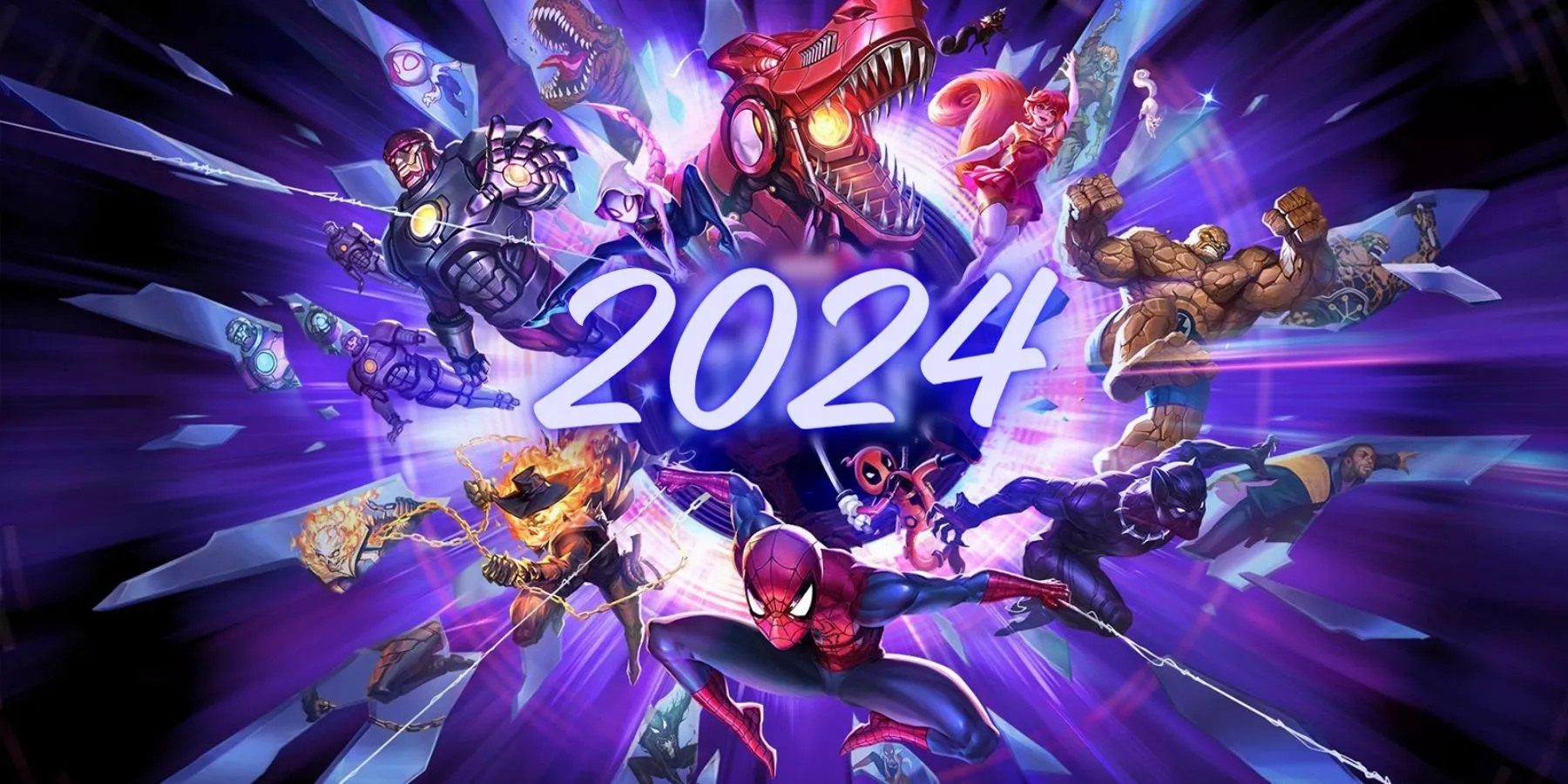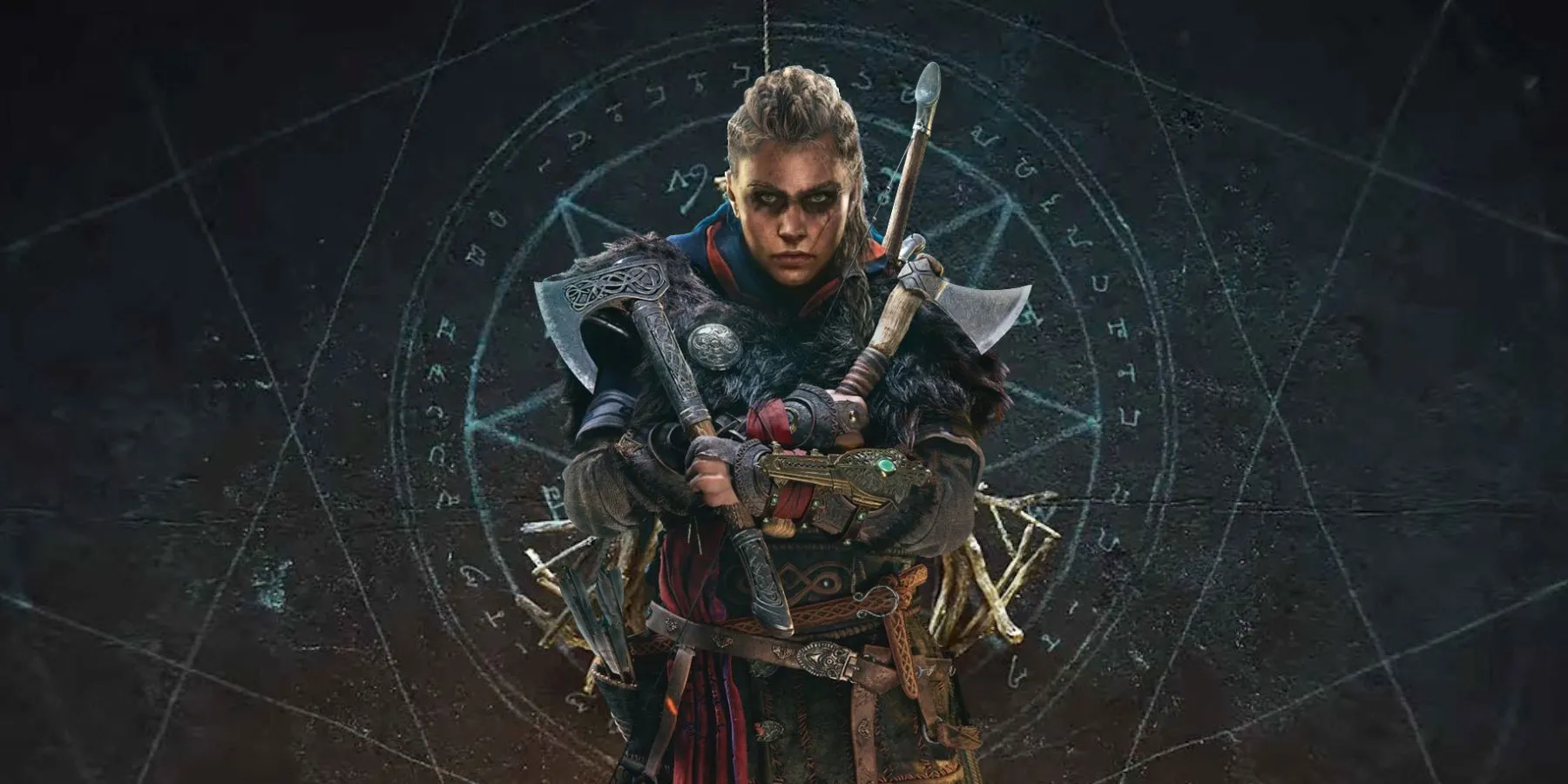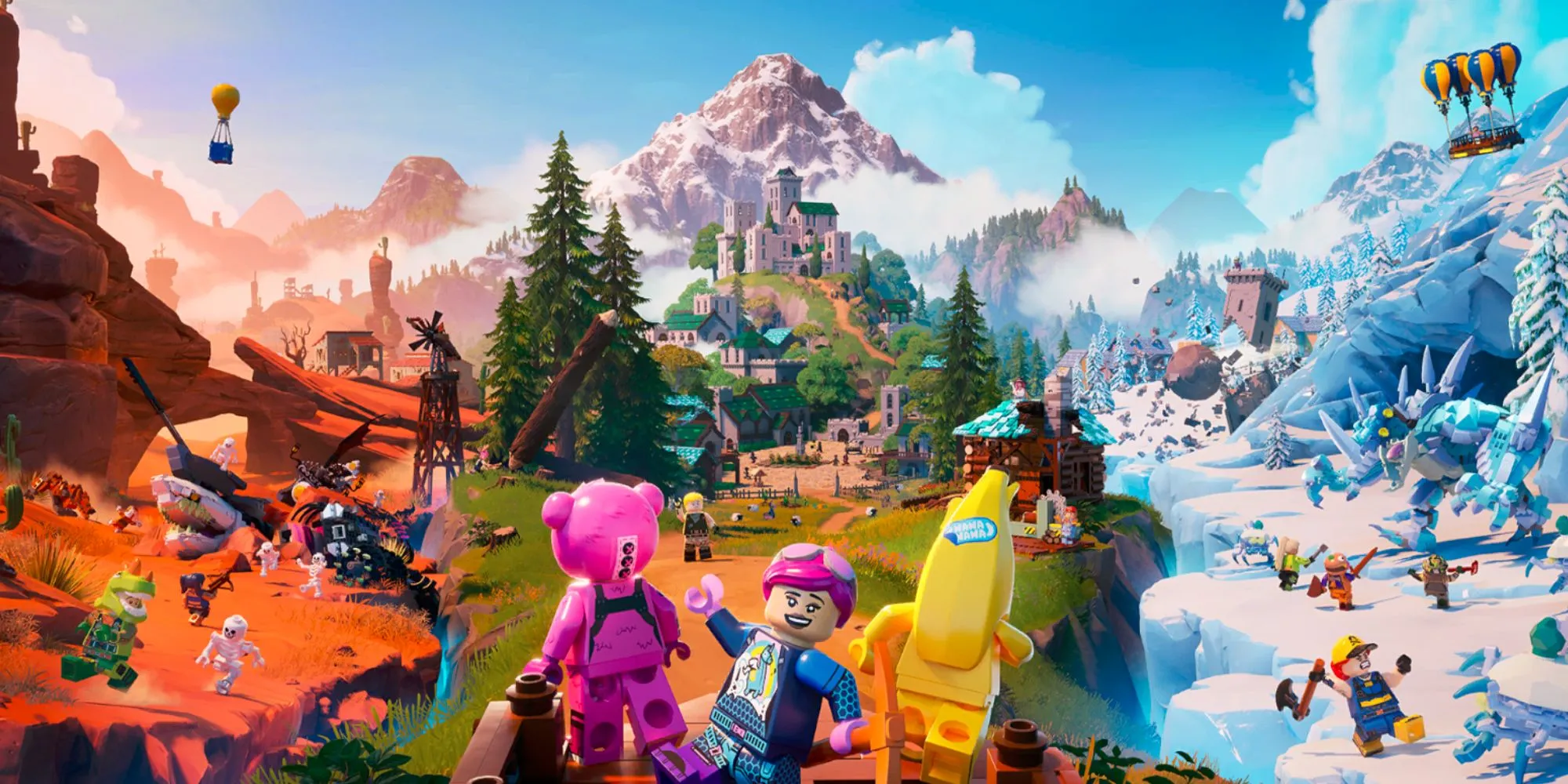The Birth of Vice City: A Retro Perspective
The Fascinating Story behind Grand Theft Auto Vice City's Evolution from a Reskin to a Game-Changer
Discover the creative journey behind the birth of GTA Vice City as we gear up for the anticipated return to Miami in GTA 6.
🎮📚 Hey there, retro lovers! 🎮📚
When it comes to the Grand Theft Auto franchise, it’s fascinating to see how far it has come. From its humble beginnings as Race ‘N’ Chase on the PlayStation, this franchise has evolved into the massive blockbusters that dominate the gaming industry today. But there’s one game that holds a special place in the hearts of gamers around the world – Grand Theft Auto: Vice City.
In the eyes of many gamers, Vice City is the epitome of the Grand Theft Auto series on the PlayStation 2. Its unique mix of aesthetics, audio, and cinematic storytelling took the technical achievements of its predecessor, Grand Theft Auto 3, to a whole new level. 🌟
The Beginnings of Vice City
Surprisingly, Vice City wasn’t even planned as a full-blown release. In the year 2000, the original Rockstar office in Dundee closed, and the teams merged into the Edinburgh studio to form Rockstar North. Two teams, one responsible for games like Body Harvest and the other for Space Station: Silicon Valley, came together without a clear direction.
Obbe Vermeij, the technical director for all the Grand Theft Auto games from GTA 3 to GTA 4, reminisced, “There was no direction from anyone. So we started doing our own little prototypes. I worked on a fun little racing game with spheres, and there was a team of a couple of guys that worked on a Godzilla game. Basically, there was no direction.”
- Top 27 Fortnite Seasons: Ranked from Worst to Best
- DC Comics: The Best Storylines of 2023
- 🎄 Get in the Holiday Spirit with Animal Crossing’s Christmas Market! 🎅
At some point, Leslie Benzies and Aaron Garbutt decided it was time to start working on GTA 3. And that’s when the magic began. 🌈
Extra Missions on the Horizon
Initially, Rockstar New York requested that the Edinburgh team work on an add-on pack for GTA 3. It was meant to be a quick turnaround of extra missions and weapons to capitalize on the success of Rockstar Games. However, as the team started working on it, the project grew bigger and bigger until it became a standalone product – Vice City.
The team faced an ambitious deadline of just one year. It was crazy and intense, but they pushed through. The artists started early since a large part of the work had already been done using the GTA 3 engine. The programmers had only six months to wrap everything up, but they were up to the challenge.
A Unique Setting and Organic Development
One of the aspects that make Vice City iconic is its unique setting – Miami in the 1980s. This decision was made by the New York studio, which wanted a refreshing change from the gritty New York-esque cityscape of GTA 3. The rest of the development process was organic, with the level designers experimenting and coding missions to see what was fun.
Obbe Vermeij recalls halfway through development, one of the level designers had the idea to include buyable locations in the game. This allowed players to own parts of the city and added a whole new level of immersion. In Vice City, you weren’t just working your way through the story, but you actually felt like you owned the city.
Moving to Vice City
The development process for Vice City wasn’t as hectic as GTA 3, thanks to the learnings from the previous game. The team was already aware of the technical limitations of the engine and made changes accordingly. For instance, they adjusted the layout of the city to prevent models from not loading in time.
The team also benefited from the fact that Vice City wasn’t a massive technical step up like GTA 3 was for its predecessor. This allowed them to focus on refining the code and adding new content and features. Roughly speaking, Vice City was 90% GTA 3 code with 10% new additions.
The Vibes of Vice City
Vice City’s success can be attributed to numerous factors, but one that stands out is its vibe. The setting, the story, and even small touches like changes in weather all came together to create a unique atmosphere. The team at Rockstar embraced the idea of changing small elements to completely transform the vibe of the game.
Whether it was adding neon UI elements, improving water effects, or getting Ray Liotta on board to voice the protagonist, Tommy Vercetti, the team’s attention to detail made Vice City an unforgettable experience. Players felt like they were part of a stylish, immersive world.
The Legacy of Vice City
Vice City was a game that pushed the boundaries of what was possible on the PlayStation 2. It sold over 6 million copies in its first year and grew to over 15 million copies in its lifetime. The game cemented Rockstar North’s reputation and set a new standard in the gaming industry.
Looking back, Obbe Vermeij reflects that Vice City was his favorite game from the ones he worked on. Despite the stress and intense workload, seeing the game come together and having the freedom to inject style and personality made it all worth it.
So, the next time you fire up your PlayStation 2 and go on a crime spree in Vice City, take a moment to appreciate the careful craftsmanship behind the game’s unique vibe. Let the neon-infused streets and iconic characters transport you back to the 1980s.
✨ Get ready to relive the glory days of retro gaming with a touch of Miami flair in Grand Theft Auto: Vice City! ✨
🔍 Want to know more about retro gaming? Check out these links: – Retro Gamer magazine – 22 Hidden Gems Every 3DS Gamer Needs to Play – Retro Gamer single issue
💬 Tell us about your favorite memories from Grand Theft Auto: Vice City and share this article with your fellow retro enthusiasts! Let’s spread the love for this iconic game on social media! 💬






